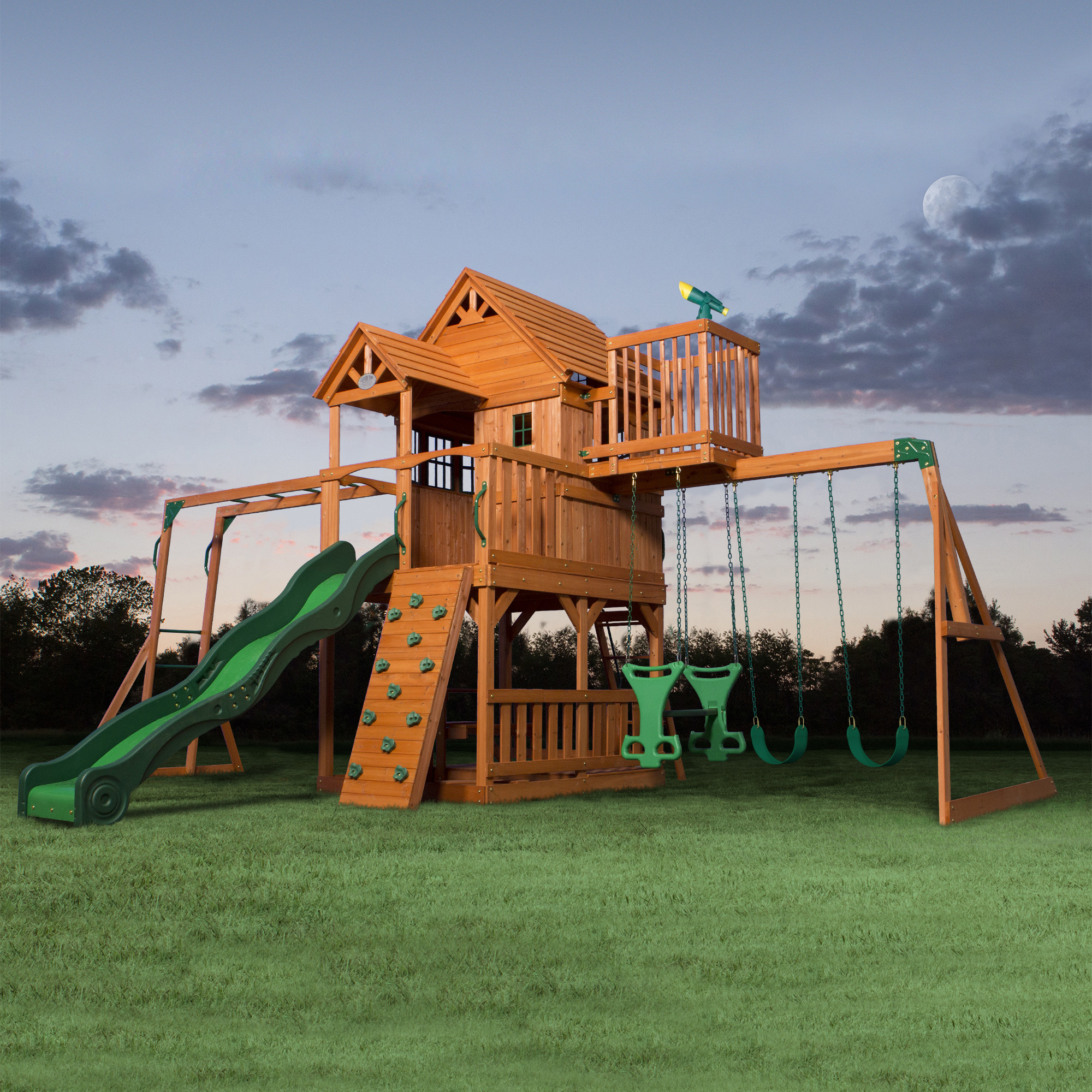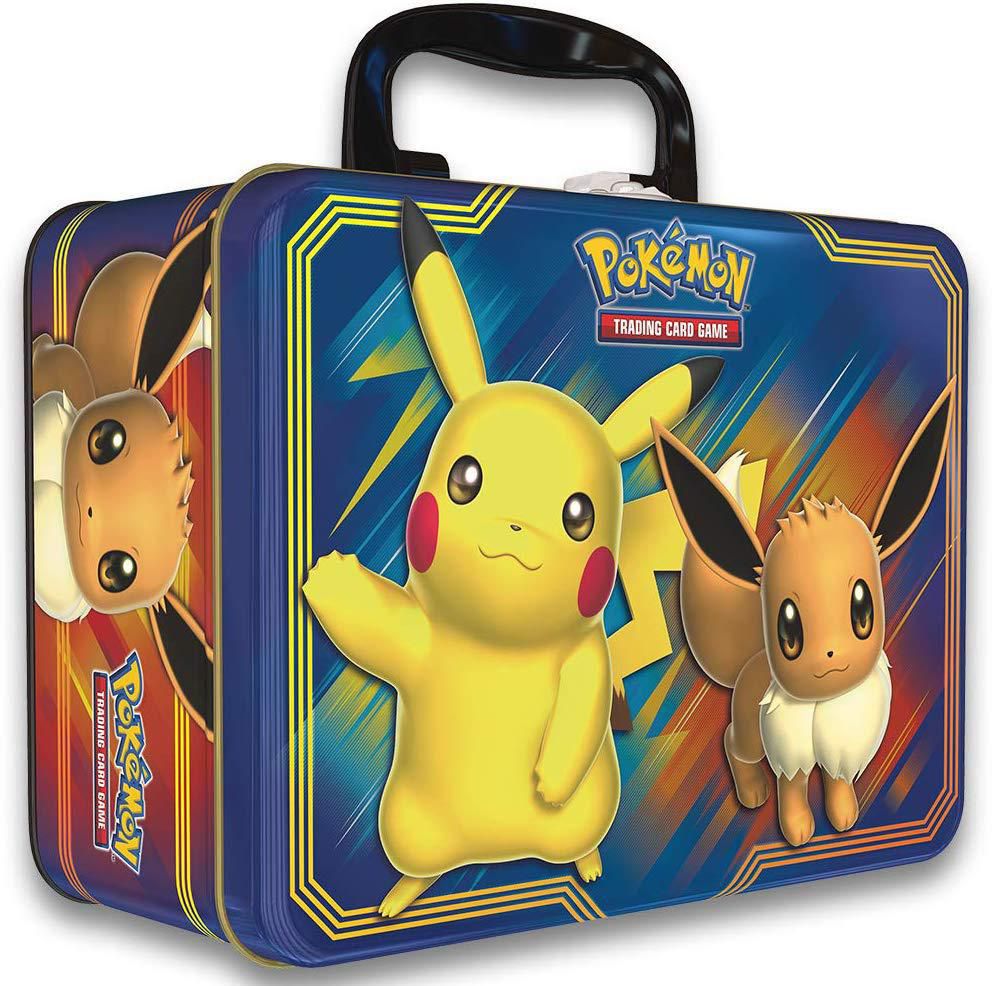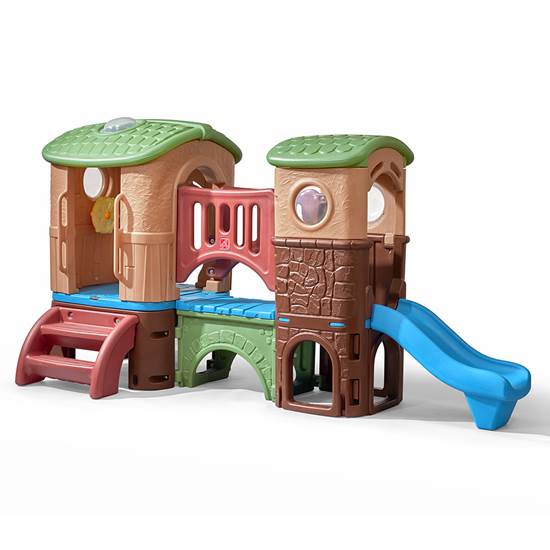Baby Alive, Baby Shark Brown Hair Doll, with Tail and Hood, Waterplay Toy
An adorable waterplay baby doll inspired by the Baby Shark song and dance phenomenon by Pinkfong. Dress your Baby Shark doll in her adorable removable shark tail and hood.
Baby Alive, Baby Shark Brown Hair Doll, with Tail and Hood, Inspired by Hit Song and Dance, Waterplay Toy for Kids Ages 3 Years Old and Up
“Baby shark, doo doo doo doo doo doo!” Dress your Baby Shark doll in her adorable removable shark tail and hood, then have fun playing with her in and out of water! Kids can’t resist the Baby Shark song and dance by Pinkfong, and they will love making a splash with their Baby Shark doll by Baby Alive!
Copyright SMARTSTUDY Co., Ltd. All Rights Reserved. Pinkfong is a licensed trademark of Smart Study Co., Ltd.
Baby Alive and Hasbro all related terms are trademarks of Hasbro.
- INSPIRED BY BABY SHARK SONG AND DANCE: An adorable waterplay baby doll inspired by the Baby Shark song and dance phenomenon by Pinkfong
- REMOVABLE SHARK TAIL AND HOOD: Dress your Baby Shark doll in her adorable removable shark tail and hood
- PLAY IN AND OUT OF WATER: Kids can have fun playing with their Baby Shark baby doll in and out of water
- WATERPLAY DOLL FOR KIDS 3 YEARS OLD AND UP: This adorable Baby Shark doll is a great toy or gift choice for little mommies and daddies who love Baby Shark and splashy waterplay fun!
- SUSTAINABLE PACKAGING: Ships in simple, recyclable packaging that’s easy to open and frustration free
- Includes doll, shark tail, shark hood, and instructions.
- Ages 3+
- Warning: Choking Hazard – Small parts may be generated. Not for children under 3 years.
Additional information
| Age Range | 3 to 98 years |
|---|---|
| Gender | Female |
Brown is a color. It can be considered a composite color, but it is mainly a darker shade of orange. In the CMYK color model used in printing and painting, brown is usually made by combining the colors orange and black.
In the RGB color model used to project colors onto television screens and computer monitors, brown combines red and green. The color brown is seen widely in nature, wood, soil, human hair color, eye color and skin pigmentation. Brown is the color of dark wood or rich soil.
In the RYB color model, brown is made by mixing the three primary colors, red, yellow, and blue.
According to public opinion surveys in Europe and the United States, brown is the least favorite color of the public; it is often associated with plainness, the rustic, although it does also have positive associations, including baking, warmth, wildlife, the autumn and music.
A doll is a model typically of a human or humanoid character, often used as a toy for children. Dolls have also been used in traditional religious rituals throughout the world. Traditional dolls made of materials such as clay and wood are found in the Americas, Asia, Africa and Europe. The earliest documented dolls go back to the ancient civilizations of Egypt, Greece, and Rome. They have been made as crude, rudimentary playthings as well as elaborate art. Modern doll manufacturing has its roots in Germany, from the 15th century. With industrialization and new materials such as porcelain and plastic, dolls were increasingly mass-produced. During the 20th century, dolls became increasingly popular as collectibles.
Hair is a protein filament that grows from follicles found in the dermis. Hair is one of the defining characteristics of mammals. The human body, apart from areas of glabrous skin, is covered in follicles which produce thick terminal and fine vellus hair. Most common interest in hair is focused on hair growth, hair types, and hair care, but hair is also an important biomaterial primarily composed of protein, notably alpha-keratin.
Attitudes towards different forms of hair, such as hairstyles and hair removal, vary widely across different cultures and historical periods, but it is often used to indicate a person's personal beliefs or social position, such as their age, gender, or religion.
Sharks are a group of elasmobranch fish characterized by a cartilaginous skeleton, five to seven gill slits on the sides of the head, and pectoral fins that are not fused to the head. Modern sharks are classified within the clade Selachimorpha (or Selachii) and are the sister group to the Batoidea (rays and kin). Some sources extend the term "shark" as an informal category including extinct members of Chondrichthyes (cartilaginous fish) with a shark-like morphology, such as hybodonts. Shark-like chondrichthyans such as Cladoselache and Doliodus first appeared in the Devonian Period (419–359 million years), though some fossilized chondrichthyan-like scales are as old as the Late Ordovician (458–444 million years ago). The earliest confirmed modern sharks (selachimorphs) are known from the Early Jurassic around 200 million years ago, with the oldest known member being Agaleus, though records of true sharks may extend back as far as the Permian.
Sharks range in size from the small dwarf lanternshark (Etmopterus perryi), a deep sea species that is only 17 centimetres (6.7 in) in length, to the whale shark (Rhincodon typus), the largest fish in the world, which reaches approximately 12 metres (40 ft) in length. They are found in all seas and are common to depths up to 2,000 metres (6,600 ft). They generally do not live in freshwater, although there are a few known exceptions, such as the bull shark and the river sharks, which can be found in both seawater and freshwater, and the Ganges shark, which lives only in freshwater. Sharks have a covering of dermal denticles that protects their skin from damage and parasites in addition to improving their fluid dynamics. They have numerous sets of replaceable teeth.
Several species are apex predators, which are organisms that are at the top of their food chain. Select examples include the bull shark, tiger shark, great white shark, mako sharks, thresher sharks, and hammerhead sharks.
Sharks are caught by humans for shark meat or shark fin soup. Many shark populations are threatened by human activities. Since 1970, shark populations have been reduced by 71%, mostly from overfishing.
The tail is the elongated section at the rear end of a bilaterian animal's body; in general, the term refers to a distinct, flexible appendage extending backwards from the midline of the torso. In vertebrate animals that evolved to lose their tails (e.g. frogs and hominid primates), the coccyx is the homologous vestigial of the tail. While tails are primarily considered a feature of vertebrates, some invertebrates such as scorpions and springtails, as well as snails and slugs, have tail-like appendages that are also referred to as tails.
Tail-shaped objects are sometimes referred to as "caudate" (e.g. caudate lobe, caudate nucleus), and the body part associated with or proximal to the tail are given the adjective "caudal" (which is considered a more precise anatomical terminology).
A toy or plaything is an object that is used primarily to provide entertainment. Simple examples include toy blocks, board games, and dolls. Toys are often designed for use by children, although many are designed specifically for adults and pets. Toys can provide utilitarian benefits, including physical exercise, cultural awareness, or academic education. Additionally, utilitarian objects, especially those which are no longer needed for their original purpose, can be used as toys. Examples include children building a fort with empty cereal boxes and tissue paper spools, or a toddler playing with a broken TV remote. The term "toy" can also be used to refer to utilitarian objects purchased for enjoyment rather than need, or for expensive necessities for which a large fraction of the cost represents its ability to provide enjoyment to the owner, such as luxury cars, high-end motorcycles, gaming computers, and flagship smartphones.
Playing with toys can be an enjoyable way of training young children for life experiences. Different materials like wood, clay, paper, and plastic are used to make toys. Newer forms of toys include interactive digital entertainment and smart toys. Some toys are produced primarily as collectors' items and are intended for display only.
The origin of toys is prehistoric; dolls representing infants, animals, and soldiers, as well as representations of tools used by adults, are readily found at archaeological sites. The origin of the word "toy" is unknown, but it is believed that it was first used in the 14th century. Toys are mainly made for children. The oldest known doll toy is thought to be 4,000 years old.
Playing with toys is an important part of aging. Younger children use toys to discover their identity, help with cognition, learn cause and effect, explore relationships, become stronger physically, and practice skills needed in adulthood. Adults on occasion use toys to form and strengthen social bonds, teach, help in therapy, and to remember and reinforce lessons from their youth.
A toymaker is the name of someone who makes toys.
With or WITH may refer to:
- With, a preposition in English
- Carl Johannes With (1877–1923), Danish doctor and arachnologist
- With (character), a character in D. N. Angel
- With (novel), a novel by Donald Harrington
- With (album), a 2014 album by TVXQ
- With (EP), a 2021 EP by Nam Woo-hyun






by Imk
Super cute doll!! I bought it for my granddaughter and cannot wait to go e it to her. The box it comes in is adorable, and the shark suit is beyond cute!!!
by Kait
Love I bought 2 there soo cute and on sale so keeping them for Xmas.
by Cassie
Got this for my niece. She loves to play with it at the pool!
by Gaynell
Smaller then I thought but very cute and I think my granddaughter will love it.
by Mommy
This baby doll is great, my daughter always has to make sure her doll is in the bath with her. The doll does great in the water, it is easy to dry off. No holes in it anywhere so you don’t have to worry about water filling it and getting moldy.
by Bell
This is the perfect doll for the bath or pool. My daughter always wants to bring her dolls in the bath, but she cant because they have a cloth body. This doll solves that problem. There are plenty of drain holes so watee doesn’t stay inside of the doll and get moldy. The doll also comes with a pacifier and a little towel. I was thinking that this doll would have done more, when I think of baby alive I think of a doll that crys, or moves. But it does make sen8that since it is going in the water that it is basic doll.
by Madie
My grand daughter is so excited and extremely happy with her baby alive. She feels so soft and really does feel like a real baby. She now has someone by her side all the time and a new sleeping buddy. Great product. Thank you.
by Sloan
Splash n snuggle baby is the cutest lil first water baby doll my daughter loves her baby alive because she gets to play mom like me. Her baby loves to swim just as she does and she’s always ready to cuddle up and watch tv.